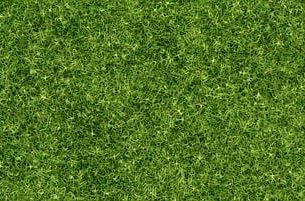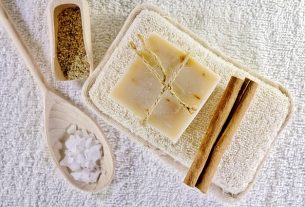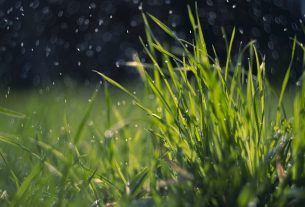Mulching and edging are essential practices in Lawn Care and Landscaping that significantly enhance grass health and garden aesthetics. Mulches, both organic (e.g., wood chips, compost) and inorganic (e.g., stones, rubber), enrich soil, suppress weeds, retain moisture, and regulate temperature. Edging techniques range from metal tools to living plants, defining lawn boundaries and preventing mulch buildup around delicate plants. Integrating these practices creates a visually appealing landscape that seamlessly connects lawn and garden elements, ensuring robust plant growth and reduced maintenance needs.
Transform your lawn from ordinary to extraordinary with the power of mulching and edging. This comprehensive guide delves into the essential practices of lawn care and landscaping, revealing how these techniques contribute to a healthy, visually stunning yard. Discover the benefits of mulching, explore various types suitable for different needs, and master edging techniques to define your lawn’s edge. Learn the art of combining both for optimal results, enhancing your outdoor space’s beauty and value.
- Understanding Mulching: Benefits and Types for Lawn Health
- Edging Techniques: Defining Your Lawn's Edge for a Neat Appearance
- The Art of Combining Mulching and Edging for Optimal Lawn Care
Understanding Mulching: Benefits and Types for Lawn Health

Mulching is an essential practice in lawn care and landscaping, offering numerous benefits for grass health and overall garden aesthetics. By adding organic material to the soil surface, mulches enrich the ground, promoting nutrient-rich conditions that support robust plant growth. They also play a vital role in retaining moisture, which is crucial during dry spells, reducing the need for frequent watering.
There are various types of mulches available, each with unique properties. Organic mulches, derived from natural materials like wood chips, straw, or compost, gradually decompose, improving soil structure and fertility over time. On the other hand, inorganic options, such as stones or rubber, provide a more permanent solution, offering ground cover that prevents weed growth without adding organic matter to the soil. Both approaches contribute to lawn care by suppressing weeds, regulating temperature, and enhancing the overall visual appeal of landscaping efforts.
Edging Techniques: Defining Your Lawn's Edge for a Neat Appearance

Defining your lawn’s edges is a crucial aspect of professional lawn care and landscaping, ensuring a neat and polished look that elevates the overall aesthetics of your outdoor space. There are several edging techniques to choose from, each offering unique benefits for different lawn types and personal preferences. One common method involves using metal edgers or string trimmers to trim alongside fences, walls, or flower beds, creating clean lines. This technique requires precision but provides a precise finish, especially when combined with the right tools.
For more organic and eco-friendly approaches, consider edging with living plants like low-growing shrubs or ground covers. These can act as natural barriers, preventing grass from encroaching on pathways or garden beds while adding texture and color to your lawn’s borders. This method is particularly popular among those who prioritize sustainability in their lawn care practices and landscaping design.
The Art of Combining Mulching and Edging for Optimal Lawn Care

The art of combining mulching and edging is a game-changer in lawn care and landscaping. Mulch, acting as a protective blanket, enriches the soil with essential nutrients while retaining moisture, thus fostering a lush green environment. It also suppresses weeds, reducing competition for vital resources like sunlight, water, and minerals. Edging, on the other hand, defines the boundaries of your lawn, providing a polished and neat look.
By integrating these two practices seamlessly, you create a harmonious landscape. Edging around flower beds and trees prevents mulch from piling up against their bases, which can lead to rot and pest invasion. Meanwhile, strategic mulching around these areas enhances curb appeal while creating a natural transition between the lawn and garden, harmoniously blending different landscaping elements in your outdoor space.
Mulching and edging are essential practices in lawn care and landscaping, offering numerous benefits such as weed suppression, moisture retention, and enhanced soil health. By understanding the different types of mulches and effective edging techniques, you can transform your lawn into a well-defined, vibrant green oasis. Combining these two practices creates a harmonious landscape that not only improves aesthetics but also supports the overall health and longevity of your lawn.



